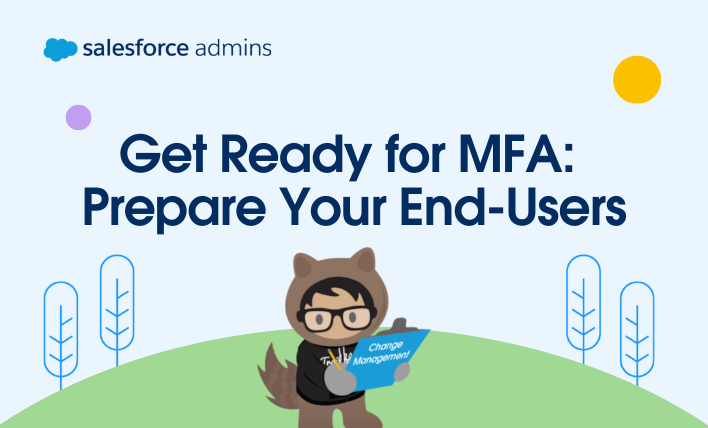Editor’s note: This post was updated on June 27, 2024, with the latest information and resources. As an #AwesomeAdmin, part of your role is managing and maintaining user access. With multi-factor authentication (MFA) in effect for your org, it’s important to know how to resolve MFA-related access issues that users may encounter. Access issues typically […]







